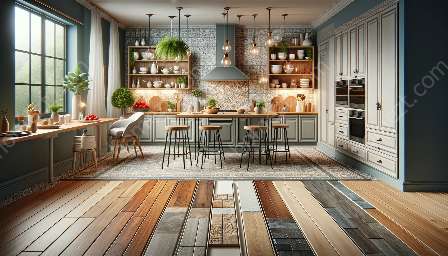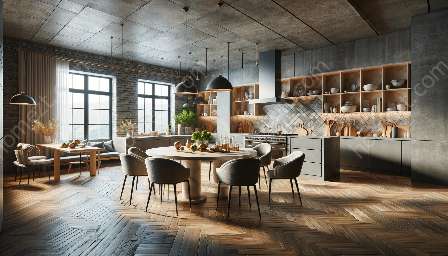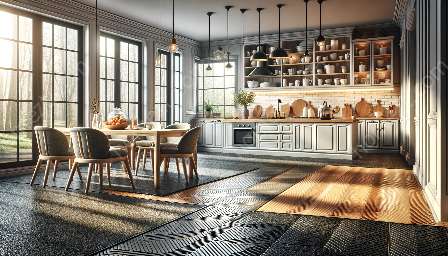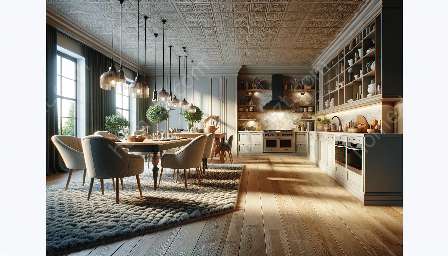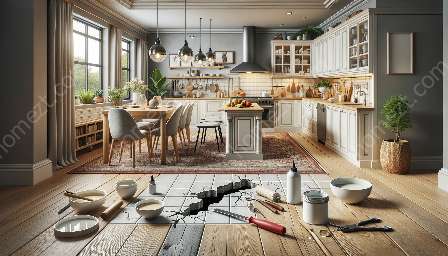Laminate flooring is a versatile, durable, and stylish option for kitchen and dining areas. In this guide, we’ll explore the benefits of laminate flooring and provide valuable insights into its compatibility with kitchen and dining spaces.
The Benefits of Laminate Flooring
Laminate flooring offers numerous advantages, making it an ideal choice for kitchen and dining areas.
Durability: Laminate flooring is highly resistant to scratches, stains, and dents, making it a practical option for high-traffic areas like the kitchen and dining room. Its wear layer provides exceptional protection against spills and accidents.
Style Options: With a wide range of styles, colors, and textures available, laminate flooring allows homeowners to achieve the look they desire for their kitchen and dining spaces. Whether you prefer the appearance of hardwood, tile, or stone, laminate flooring offers realistic designs that complement any decor.
Easy Maintenance: Cleaning and maintaining laminate flooring is simple, requiring only regular sweeping and occasional mopping. Its smooth surface makes it easy to wipe away spills and food stains, ensuring a clean and hygienic environment in the kitchen and dining area.
Compatibility with Kitchen Flooring
Laminate flooring is an excellent choice for kitchen flooring due to its resilience and water-resistant properties. It withstands the rigors of everyday life in the kitchen, including spills, foot traffic, and frequent cleaning. Additionally, laminate flooring offers a comfortable underfoot feel, making it an inviting surface for cooking and entertaining.
When considering laminate flooring for your kitchen, explore options with enhanced water resistance features to provide added protection against moisture and spills. This ensures that your kitchen flooring remains beautiful and functional for years to come.
Compatibility with Kitchen & Dining Areas
In open-concept homes, where the kitchen seamlessly transitions into the dining area, laminate flooring offers a cohesive and versatile solution. Its ability to mimic the look of natural materials, such as wood or stone, allows for a unified aesthetic throughout the combined kitchen and dining spaces.
Laminate flooring's durability and resistance to staining make it well-suited for dining areas, where spills and food debris are common. Additionally, its easy maintenance makes it a practical choice for busy family meals and gatherings.
Installation Process
The installation of laminate flooring in kitchen and dining areas is a straightforward process that can be completed professionally or as a DIY project. The following steps outline the typical installation procedure:
- Preparation: Clear the space and ensure the subfloor is clean, flat, and dry.
- Underlayment: Install an underlayment to provide cushioning and moisture barrier properties.
- Laminate Installation: Lay the laminate flooring planks or tiles according to the manufacturer's instructions, ensuring proper spacing and alignment.
- Trimming and Finishing: Complete the installation by trimming edges, adding transition moldings, and applying sealant as necessary.
By following these steps and adhering to the manufacturer's guidelines, homeowners can achieve a professional-looking laminate flooring installation in their kitchen and dining areas.
Conclusion
Laminate flooring offers a wealth of benefits for kitchen and dining spaces, from its durability and style options to its compatibility with open-concept layouts. With proper care and maintenance, laminate flooring can enhance the functionality and aesthetics of your home, providing a reliable and attractive surface for everyday living and entertaining.

